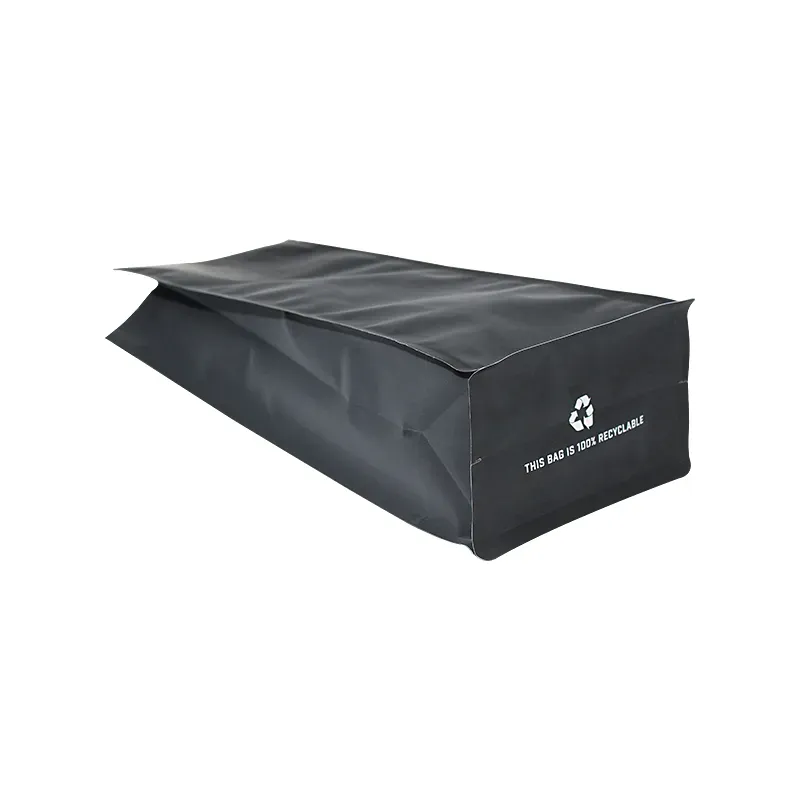Email: enid@bc-pak.com
Tel: 86-757- 88811186
- Afrikaans
- Albanian
- Amharic
- Arabic
- Armenian
- Azerbaijani
- Basque
- Belarusian
- Bengali
- Bosnian
- Bulgarian
- Catalan
- Cebuano
- chinese_simplified
- chinese_traditional
- Corsican
- Croatian
- Czech
- Danish
- Dutch
- English
- Esperanto
- Estonian
- Finnish
- French
- Frisian
- Galician
- Georgian
- German
- Greek
- Gujarati
- haitian_creole
- hausa
- hawaiian
- Hebrew
- Hindi
- Miao
- Hungarian
- Icelandic
- igbo
- Indonesian
- irish
- Italian
- Japanese
- Javanese
- Kannada
- kazakh
- Khmer
- Rwandese
- Korean
- Kurdish
- Kyrgyz
- Lao
- Latin
- Latvian
- Lithuanian
- Luxembourgish
- Macedonian
- Malgashi
- Malay
- Malayalam
- Maltese
- Maori
- Marathi
- Mongolian
- Myanmar
- Nepali
- Norwegian
- Norwegian
- Occitan
- Pashto
- Persian
- Polish
- Portuguese
- Punjabi
- Romanian
- Russian
- Samoan
- scottish-gaelic
- Serbian
- Sesotho
- Shona
- Sindhi
- Sinhala
- Slovak
- Slovenian
- Somali
- Spanish
- Sundanese
- Swahili
- Swedish
- Tagalog
- Tajik
- Tamil
- Tatar
- Telugu
- Thai
- Turkish
- Turkmen
- Ukrainian
- Urdu
- Uighur
- Uzbek
- Vietnamese
- Welsh
- Bantu
- Yiddish
- Yoruba
- Zulu
Kraft Stand Up Pouches
Views :
Update time : Feb . 12, 2025 12:33
Packaging plays a crucial role in the consumer decision-making process and can often be the key differentiator between competing products. Understanding the various types of packaging available and how they impact product presentation, protection, and perception is critical for any business looking to optimize its brand presence and customer satisfaction. Here, we'll explore three types of packaging, discussing their unique benefits and considerations to provide a comprehensive guide that speaks to both industry experience and professional expertise.
Finally, tertiary packaging is used primarily for bulk handling, storage, and transport. This type of packaging includes pallets, shrink wraps, and large boxes that do not typically reach the consumer but are crucial in the supply chain. While consumers may not directly interact with tertiary packaging, its efficacy influences product availability and the retail experience. From an operational standpoint, tertiary packaging must be optimized for efficiency and cost-effectiveness while maintaining protection throughout the distribution process. Utilizing durable materials and ensuring packaging integrity can significantly reduce potential damages and losses. Expertise in this area provides an authoritative advantage in logistics management, enabling businesses to streamline their operations and sustain product quality from manufacturer to retailer. These three types of packaging must work synergistically to provide an exceptional product experience from production to purchase. Mastery in packaging involves not only a deep understanding of materials and engineering but also the ability to predict and respond to consumer needs and preferences. By employing innovative design and sustainable practices, businesses can leverage packaging to establish stronger brand equity and market leadership. In conclusion, navigating the world of packaging requires strategic thinking and an integrated approach. The convergence of experience, expertise, authoritativeness, and trustworthiness is key to crafting effective packaging strategies that resonate with both retail partners and end-users. By appreciating the nuanced roles of primary, secondary, and tertiary packaging, businesses can significantly improve their product lifecycle management and ultimately drive success in a competitive marketplace.


Finally, tertiary packaging is used primarily for bulk handling, storage, and transport. This type of packaging includes pallets, shrink wraps, and large boxes that do not typically reach the consumer but are crucial in the supply chain. While consumers may not directly interact with tertiary packaging, its efficacy influences product availability and the retail experience. From an operational standpoint, tertiary packaging must be optimized for efficiency and cost-effectiveness while maintaining protection throughout the distribution process. Utilizing durable materials and ensuring packaging integrity can significantly reduce potential damages and losses. Expertise in this area provides an authoritative advantage in logistics management, enabling businesses to streamline their operations and sustain product quality from manufacturer to retailer. These three types of packaging must work synergistically to provide an exceptional product experience from production to purchase. Mastery in packaging involves not only a deep understanding of materials and engineering but also the ability to predict and respond to consumer needs and preferences. By employing innovative design and sustainable practices, businesses can leverage packaging to establish stronger brand equity and market leadership. In conclusion, navigating the world of packaging requires strategic thinking and an integrated approach. The convergence of experience, expertise, authoritativeness, and trustworthiness is key to crafting effective packaging strategies that resonate with both retail partners and end-users. By appreciating the nuanced roles of primary, secondary, and tertiary packaging, businesses can significantly improve their product lifecycle management and ultimately drive success in a competitive marketplace.
Recommend products
Read More >>
Related News
Read More >>













